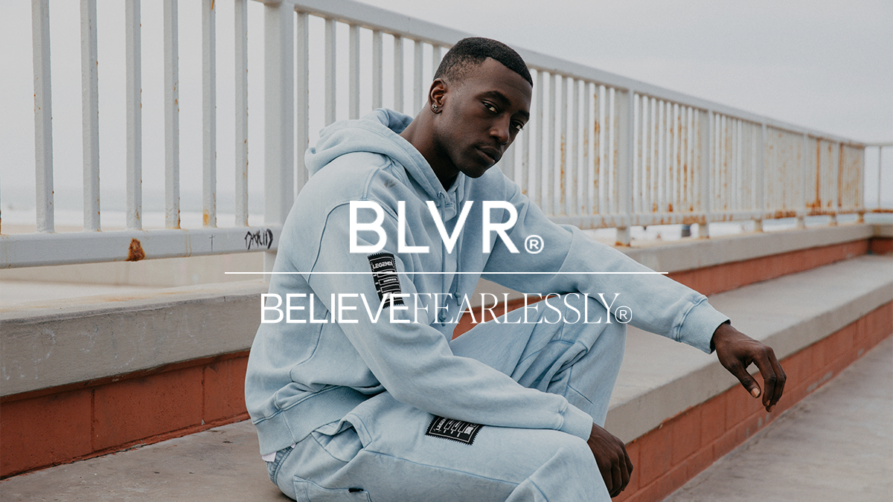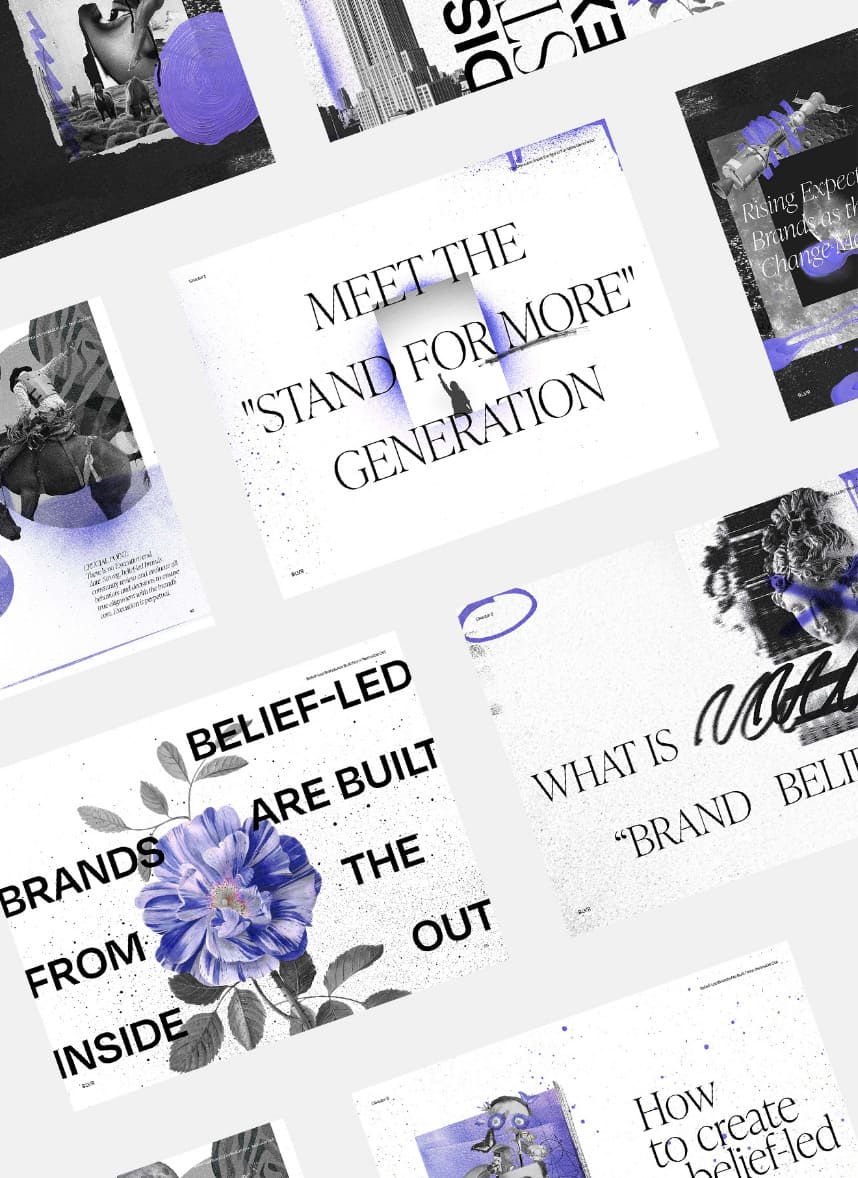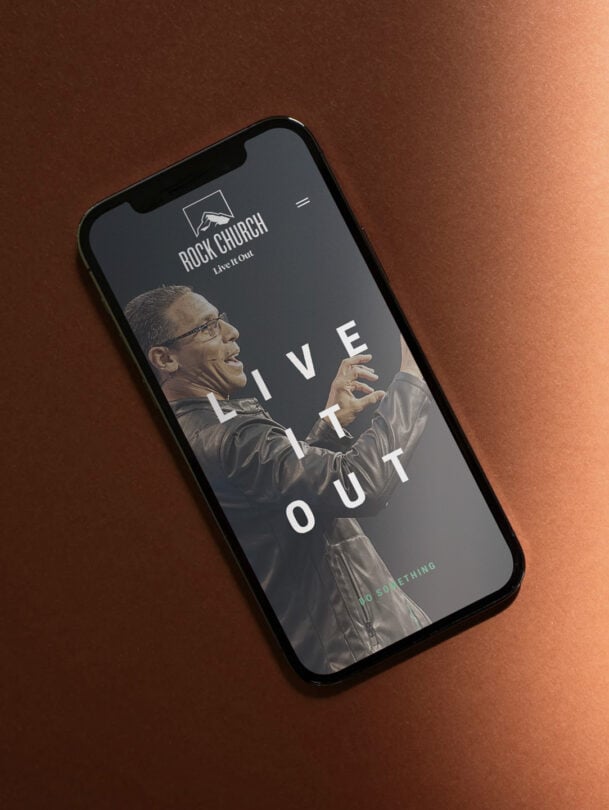Brands have been building their customer experience (CX) backwards — perfecting operation mechanics first and retrofitting the brand second, like a cosmetic fix.
Companies with the strongest brand loyalty have found a synergy between providing high quality products and delighting consumers through unforgettable customer experience (CX). As summarized by Annette Franz, founder and CEO of CX Journey, “customer experience is the sum of all the interactions that a customer has with an organization over the life of the relationship with that company or with that brand.” That’s a pretty broad umbrella, so to provide some more context, interactions within CX can range from physical interactions like someone asking you if you need help finding anything at the store, to digital touchpoints like receiving a push notification on your phone letting you know a package has been delivered. Physical interactions are usually centered on in-person experiences while digital interactions can reach you anytime, anywhere, through a multitude of channels. What was once maybe a linear or simple relationship, CX now consists of numerous moments and touchpoints that are increasingly more complex, as our lives become more integrated and connected with technology.
CX IS A DOUBLE EDGED SWORD: HIGH REWARD & HIGH RISK
CX has evolved to envelop both the physical and digital world, expanding the playing field for brands. Those harnessing this opportunity have raised the bar in their industry, establishing a golden standard for themselves and their consumers. Netflix is a great example of a brand that dramatically changed their CX to harness the rise of digital interactions in a way that revolutionized how their consumers watched TV and ultimately created an entire new market for online TV/movie streaming. In 2007, Netflix added onto their mail-order rental model by introducing a “Watch Now” video streaming platform. “By the end of 2007, Netflix had 7.5 million registered subscribers — up almost 20% on the previous year.” (IE). But that wasn’t the end of their innovation in the CX realm. Netflix realized that PC and Internet Explorer weren’t the only channels they could harness for CX. Over the course of the next 4 years, Netflix cultivated partnerships to make Netflix accessible through Xbox, PS3, Apple, and Android, expanding their CX from mail order and PC computers to include all computers, playstations, smart TV’s, and mobile. Today, “Netflix remains the world’s largest streaming service, hitting 200 million subscribers at the end of 2020” (NewsWeek).
High quality, fully integrated CX is now a benchmark for consumers who prioritize it and will even pay a premium to guarantee it (PwC). “According to the Zendesk Customer Experience Trends Report 2021, half of all customers say that CX is more important to them now than it was a year ago.” and “consumers will pay a 16% price premium for great CX.” (PwC). Providing a positive and delightful CX can yield great rewards for brands, from higher levels of satisfaction to strong brand loyalty and advocacy. In fact, “CX drives over two-thirds of customer loyalty, more than ‘brand’ and ‘price’ combined.” (Gartner, via CMSWire).
While CX can yield great reward, it doesn’t come without great risk, as negative interactions throughout the CX can hijack customer’s considerations and purchase behavior, ultimately impacting revenue (Astute). Airlines are one of the industries most familiar with the impact of negative CX interactions. “Research shows that nearly 1 in 10 passengers reported a bad experience with an airline between 2019 and 2020, and with more than 800 million domestic flights every year, that means roughly 80,000,000 frustrated passengers.” Each industry has its own unique challenges in maintaining a positive CX, but airlines have been notoriously called out on social media whenever there is a CX mishap, attracting thousands if not millions of eyeballs to their mistakes.
Most recently, Southwest Airlines flights were catapulted into a CX and PR disaster as technical problems caused the cancellation of 500 flights and hundreds of delays, disrupting roughly 40% of their schedule over the course of a few days. “Passengers took to Twitter on Wednesday to air their frustrations, posting photos of huge crowds, anger at long wait times to speak with customer service representatives, and demands for refunds, and prompting many apologetic messages from Southwest.” (Travel & Leisure).
Sometimes it’s impossible to control every interaction in your brand’s CX, especially during a massive disruption like what Southwest experienced, but it’s important to note that negative CX risks for brands aren’t just in moments of system-wide upsets. “32% of customers stop doing business with a brand they love after only one bad experience” no matter how big the interaction, and it is calculated that about “$1.6 trillion is lost every year in the U.S. because of poor CX.”(PwC, Accenture Strategy). With such high stakes on the table with CX, brands have been pushed into a reactive space of mitigating risk vs. a proactive space of crafting rewarding experiences.
FUNCTION-FIRST MENTALITY
In hopes of mitigating any risk of negative experiences, brands have streamlined and perfected the function-first mentality. Since functional needs are the most basic, the function-first mindset automatically places these needs as the top priority. Thought leaders began promoting best practices centered on data and design that pushes integration to craft a smooth and seamless journey that will alleviate all of your consumers’ functional woes. Sifting through how-to guides, buzz words like speed, simplicity, and consistency dominate the page and Google trends show that the top-related topics searched with “customer experience” are “artificial intelligence” and “data analysis.” This mentality has become so ingrained within the industry that it’s nearly impossible to tune out all the voices shouting the importance of function and performance above all else.
CX NEEDS A HUMAN TOUCH
In response to the impressive impact CX has on consumers and their behavior, brands have overcompensated by crafting their CX from the outside in — perfecting operational mechanics first and retrofitting the brand second, like a cosmetic fix. The problem is: when you put a function at the core of a customer’s experience, you lose the ability for consumers to connect with the heart and soul of the brand.
“People don’t always remember what you say or even what you do, but they always remember how you made them feel.”
– Maya Angelou
By designing first for functionality, brands lose the emotional, relatable aspects, and consumers have taken note.“Today, 59% of all consumers feel companies have lost touch with the human element of customer experience” (PwC). Deloitte expands on this observation, commenting that “many businesses have run up a “human debt”— meaning that using easy or limited solutions to keep up with the rapid pace of change of our ever-evolving digital world has come at a cost” (ZenDesk). While before you may have gotten away with “the best price, coolest product, or most memorable marketing campaign, [today you] might not have an advantage compared with those that exhibit emotional intelligence and communicate with care, honesty, and empathy, and build trust as a result.” (Olaf Acker, PW).
One brand that does an amazing job of adding a human touch to their CX is Zappos. “Human values have always been core to the fabric of the company’s DNA. So much so, every person at the company takes customer service calls in their new hire training, ensuring they build human connections with customers from the start” (ZenDesk). The biggest impact brands can make on their customers is on an emotional or more human level, which Zappos strives to do on every call, chat, and email, proving that no interaction is too small to be an opportunity for a brand to foster a positive human connection. The emotions triggered in people in even the smallest interaction can be the make-or-break factor between fostering satisfaction, loyalty, and advocacy or cultivating frustration, contempt, and opposition. The more functional and performance-based CX interactions become, the less human the brand feels, putting it at risk of fostering the wrong feelings and making the wrong impression.
BUILDING CX FROM THE INSIDE OUT
Harnessing a customer experience that meets customer’s functional needs while fostering emotional connection can seem like an lofty goal, but it’s actually a natural result of designing from the inside out: starting with the brand belief. This idea of building from the inside has been spearheaded by Simon Sinek’s Golden Circle model, which solidified and promoted the idea that people don’t buy what you do, they buy why you do it. “The neuroscience behind the Golden Circle theory is that humans respond best when messages communicate with those parts of their brain that control emotions, behavior, and decision making […] successfully communicating the passion behind the ‘Why’ is a way to communicate with the listener’s limbic brain. This is the part of our anatomy that processes feelings such as trust and loyalty – as well as decision-making” (SI).
This framework is a popular tool used in brand development to establish a solidified brand narrative, but it is rarely used afterward for processes like designing CX. However, when you intentionally design CX starting with a brand belief, CX becomes a purposeful reflection of how your brand’s “why” is translated into action. CX is about building bonds with your customer. No matter how small the bond is, it’s a chance to grow and develop the relationship. The strongest bonds in CX are created when people connect to the heart of your organization—the belief that sparked its existence, gives it purpose, and pulses through everything it does.
It’s important to note that designing belief-led CX doesn’t eliminate function and performance from the design process, but rather shifts the top priority to a more emotional, human place that will amplify the customer’s connection with the brand. A term that encapsulates the evolution of function-first CX to belief-led CX is Human Experience or HX. Remington Tonar, CCO of Cart.com explains how “looking at customer experience through a more human lens, let’s call it Human Experience or HX, allows companies and brands to study and engage stakeholders in a more complete way, one that can be more relevant, more personal, more immersive, and more holistic” (LinkedIn). According to Deloitte, building HX (CX with a more human lens) is also done from the inside out. HX starts with values that drive key emotions through actions, ultimately building trust.
Belief-led CX or HX opens the playing field for brands to not only provide a seamless experience but to connect with consumers on a deeper level. “Organizations that go beyond delivering on customer experience to elevating the human experience will be better positioned to create more meaningful connections, foster loyalty, and ultimately drive growth…When we focus on the human experience, we go beyond just showing up. We build relationships that matter. We seize attention, build love, inspire dreams, create connections, respect and recognize individuals, and build confidence.” (Deloitte). As a tangible representation of your brand’s core purpose in action, belief-led HX gives brands an authentic compass to live out their “why”, foster emotions to build loyalty, and drive the industry forward by setting higher standards among competitors. Jonah Sachs, entrepreneur and designer once said: “Your brand is a story unfolding across all customer touchpoints.” The question is: how do you want your customers to feel as they experience your brand story?
KEY TAKEAWAYS
- On a mission to mitigate risk, brands have overcompensated by crafting their CX from the outside in — perfecting operational mechanics first and retrofitting the brand second, like a cosmetic fix.
- When you put a function at the core of a customer’s experience, you lose the ability for consumers to connect with the heart and soul of the brand. A function-first mentality may seem trendy with new technology, but it’s leading brands into a human deficit, producing cold and emotionless customer experiences.
- People respond best when brands communicate messages that relate to their emotions. People won’t always remember what a brand does or says, but they will remember how those interactions made them feel.
- CX is an opportunity to foster an emotional connection by showing your brand’s core purpose in action. It’s the perfect way to communicate your values and mission.
- Belief-led CX or HX gives brands an authentic compass to live out their “why”, foster emotions to build loyalty, and drive the industry forward by setting higher standards among competitors.







